Thousands of Morehu (Rātana followers) descended upon Rātana Pa on November 8th, to commemorate one hundred years of the Maramatanga – when, in 1918, Tahupotiki Wiremu Rātana received the divine message from the Wairua Tapu (Holy Spirit) and the Rātana faith was born.
Te Ahi Kaa looks at one aspect of the faith, the church's famous Nga Reo Rātana brass bands.
The sound of the Rātana Te Reo bands is said to be the voice that travels up to the heavens to Ihoa (Jehovah). The bands' role is to clear the way for the Morehu (Rātana followers) when they make their way onto marae and to other occasions at Rātana Pā.
There are seven bands in total, which are collectively known as 'Ngā Reo' and each has their own distinctive blazer colour.
Te Reo o Hamuera is Moteo Marae's band, based in Puketapu on the outskirts of Napier. It was formed in 1935 and is named after the son of Tahupōtiki Wiremu Rātana. Its legacy continues through the work of the children of former band members.
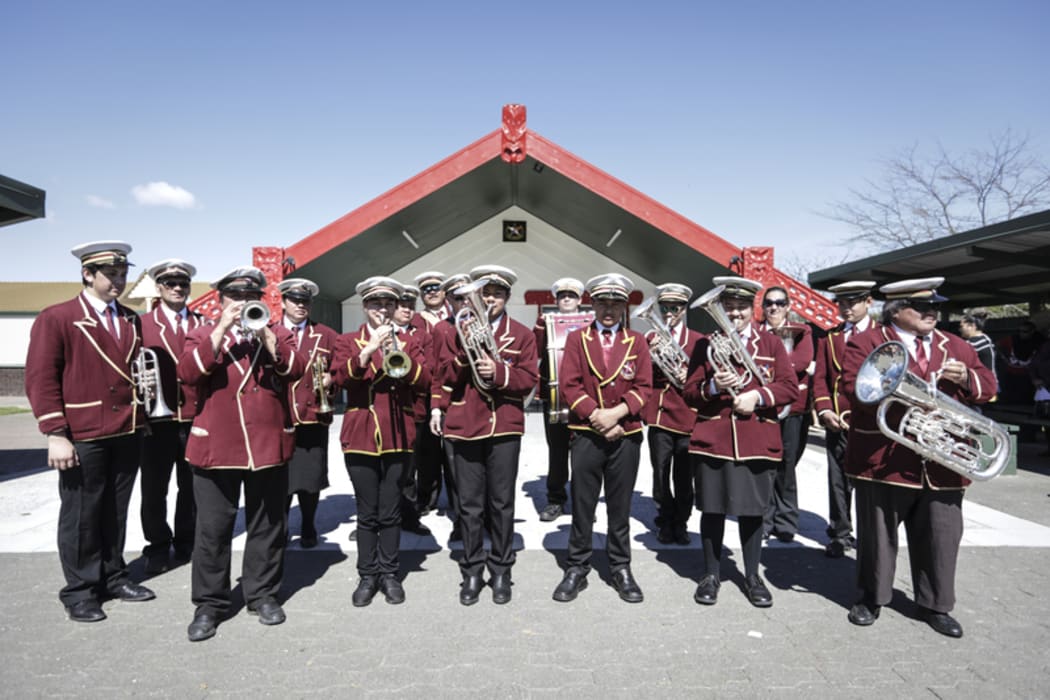
Ratana Reo Band Hamuera Photo: Rebekah Parsons-King
On the walls of Moteo Marae hang the photos of Tommy and Johnson Grey, who led the establishment Te Reo o Hamuera as Rātana's teachings spread throughout the North Island.
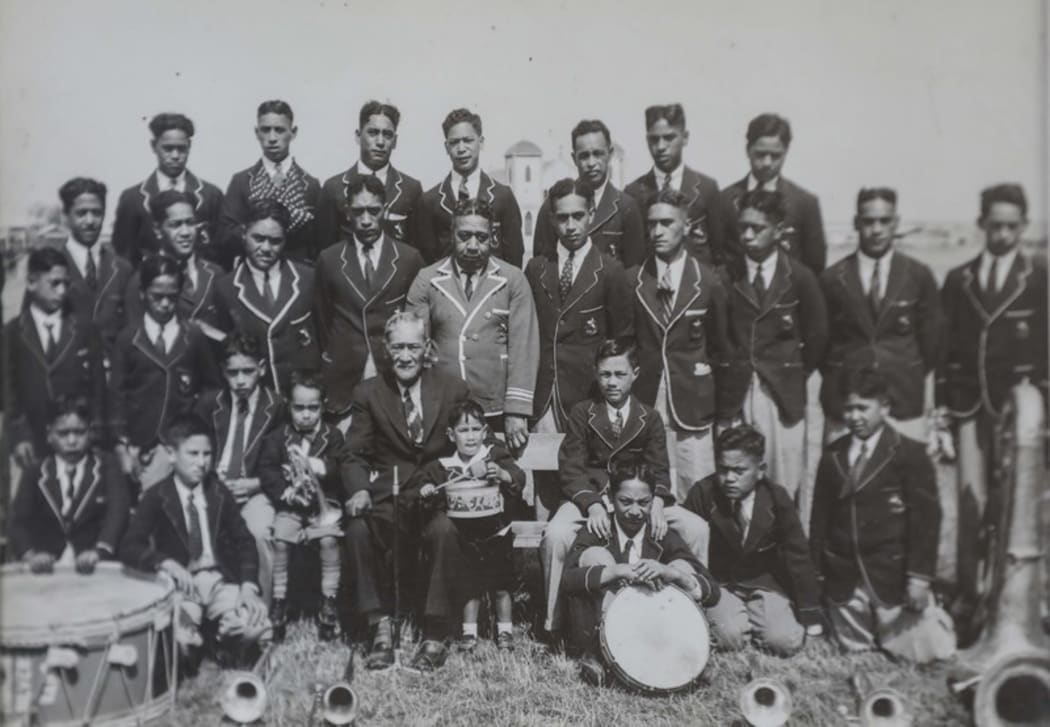
Current bandmaster Christine Heremia continues the work of her father. Photo: Hamuera Pa
“My father was one of the original members of Hamuera back in 1935, he was only a boy then, when it was revived then back in 1962 he was asked to be the bandmaster [which he did] until he passed away in 1967, so Hamuera has been in my life right from the beginning.”
The role of bandmaster has its complexities: Christine has to organise the group for any outings, which include whakamoemiti church services, as well as deciding on what music is played.
When the band travel to the pā for the large occasions, which include January 25th (Rātana’s birthday), they stay at a house together and organising kai is a big undertaking.
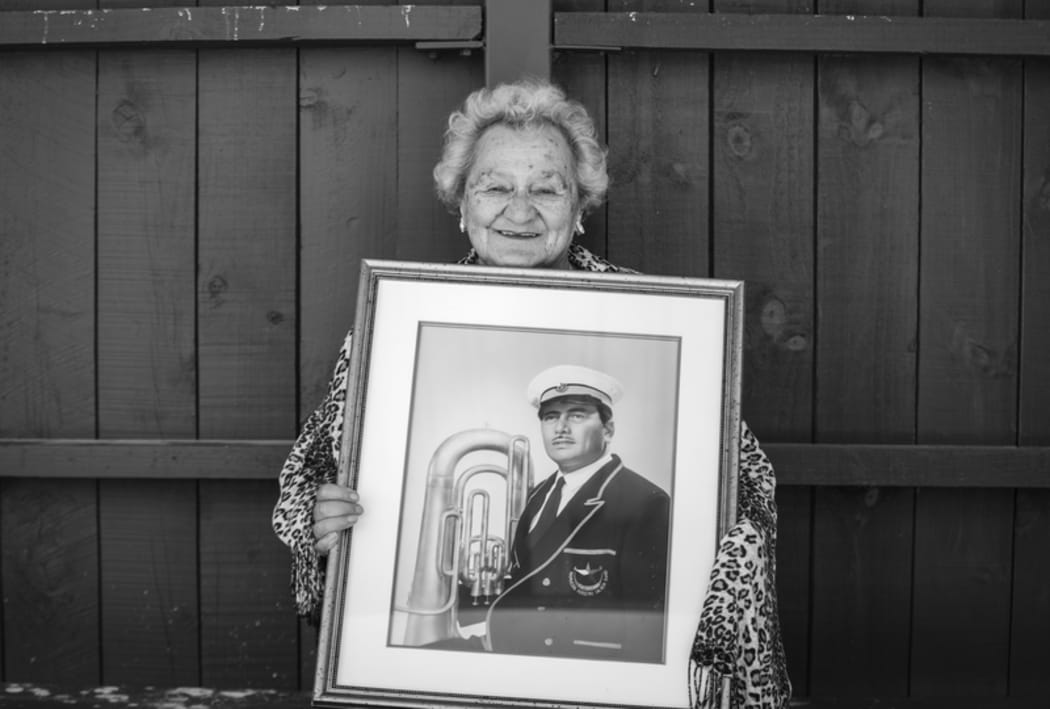
Henei with a picture of her late husband Joe Reti. Photo: RNZ/Rebekah Parsons-King
According to former band member Hoani Hawaiikirangi, who is now an Apotoro Rehita (registered apostle) the band took a break when World War II broke out in 1939, some men in the valley fought overseas but during this time the Rātana Youth Club set about fundraising for new instruments and had raised 25,000 pounds.
“The whanau here, they were musicians, the dance bands came from here…it was more than just a band that you hear play, its more than just a sound, and its more than just the sound and its more than just a uniform and the kids that play it, cause these things are real for us as Morehu…the reo is ancient, it goes back to Joshua who knocked down the walls of Jericho, so that’s the reo…the power was contained within, the spiritual power I’m talking about.”
During the long break Hoani says that Hector Waitai would head to Rātana on January 25th every year, with his saxophone, he was a one-man band that represented Te Reo o Te Hamuera.
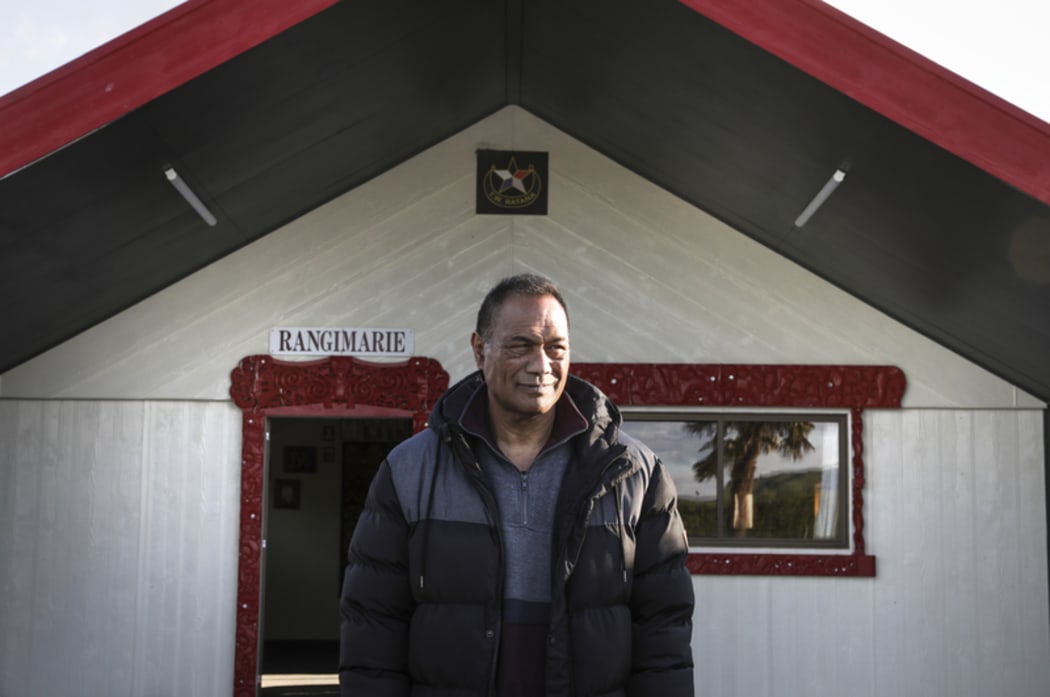
Apotoro Rehita, Hoani Hawaiikirangi. Photo: RNZ/Rebekah Parsons-King
In 1962 Hamuera started again and current chair of the Rātana band committee, Tresna Te Runa has the minutes to prove it.
“It’s got all the costs and how much the blazer was, the breakdown of everything… it was a lot of hard work by a lot of people that were from those areas…dad was the secretary and the drum major.” Tresna says.
JJ Lewis has been a part of the band since he was sixteen years old and plays the bass drum. In his family they have to learn how to read music, it’s what his grandfather and father did. JJ says that as a musician they have to learn to crawl before they walk.
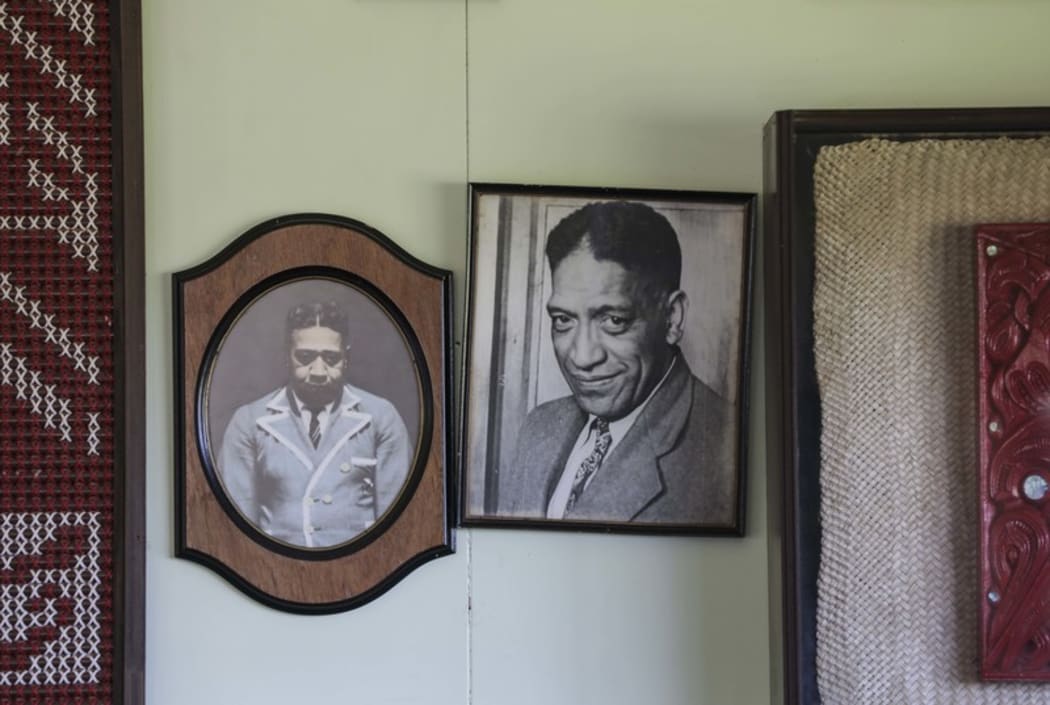
Tommy and Johnson Grey were both leading figures in Te Reo o Hamuera. Photo: Hamuera Pa
“Yes, it was a bit shocking at the start being new…playing Rātana March I was either too fast or too slow but it comes with experience, 22 years later I’m still here…it feels like I am of service to Ihoa.”
JJ’s base drum weights ten kilos, he wears a harness and over a long day, it can be hard work.
“[It’s the] Heartbeat of the Reo, the reason why I say that is because it’s the driving force behind the band and keeps everybody in time, it’s just like one big thunderstrike,” he says.
Mariah Pahulu joined the band when she was eight years old, she plays the tenor horn and says being part of the band allows her time to travel with whanau, and make new friends. Her mum plays alongside her.
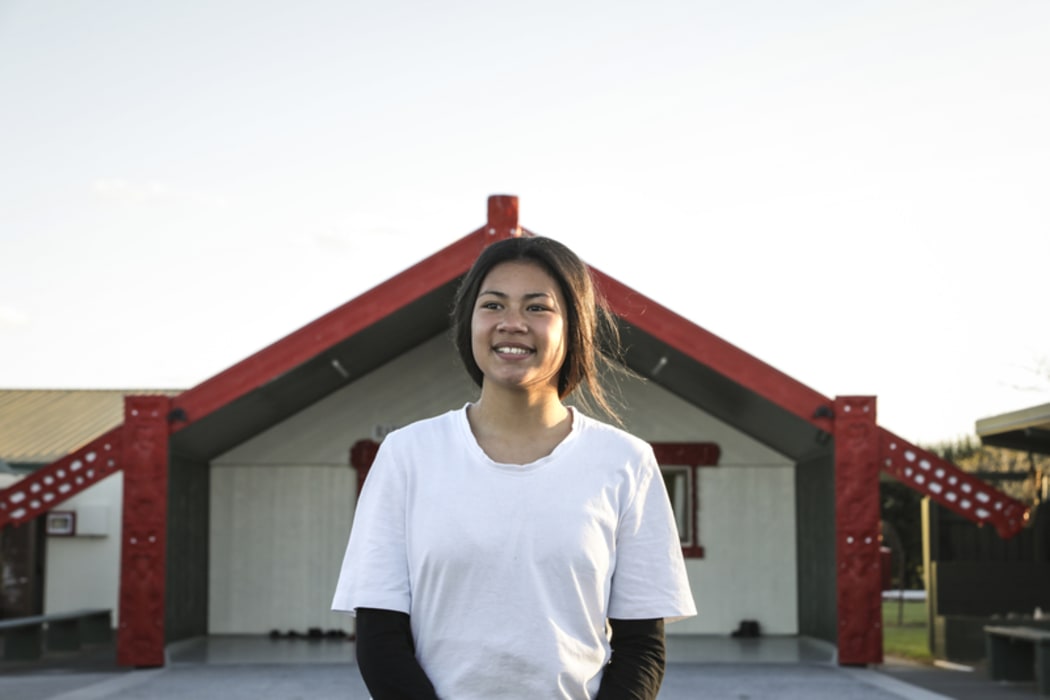
Mariah Pahulu joined Hamuera when she was eight years old. Photo: RNZ/Rebekah Parsons-King


